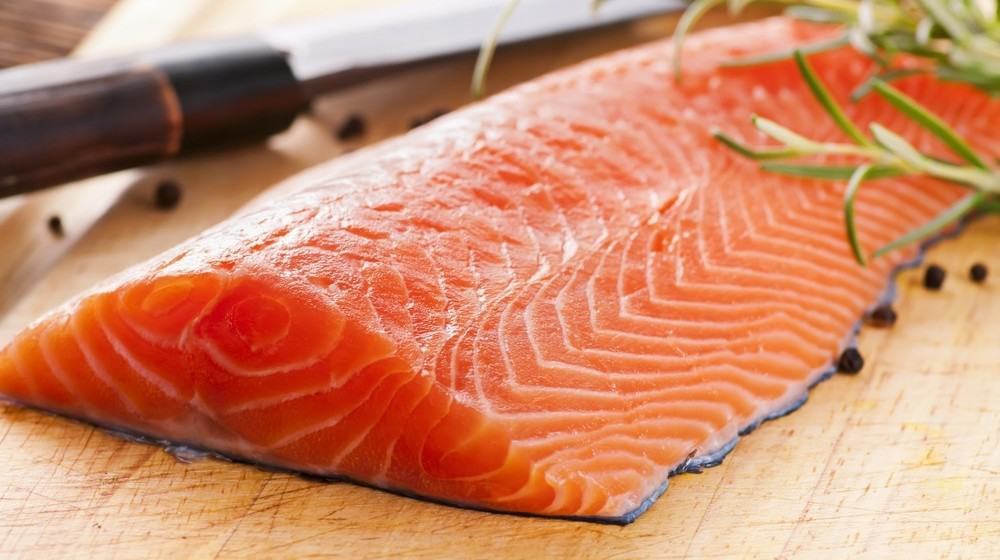
Seafood is a problem. On the one hand, it’s potentially a very healthy source of protein, fat soluble vitamins, a variety of important minerals like sink, iodine and selenium, and probably most well-known, an excellent source of omega-3 fatty acids for better health.
That’s the good news. On the other hand, due to mankind’s relentless pollution of the oceans, more and more seafood is becoming contaminated with heavy metals, particularly mercury.
Seafood and Mercury
Mercury contamination is believed to come primarily from coal-fired power plant pollution. The smoke from these plants falls into the ocean and is converted by bacteria to toxic methylmercury, a known neurotoxin.
As the bacteria are consumed, this methylmercury enters the oceans food chain. Due to the cumulative effect, the larger the fish, the more chance of mercury contamination.
That’s why smaller fish like sardines a generally not considered a problem for mercury, but larger fish like King mackerel, halibut, swordfish and (I personally think most unfortunately) tuna are. Incidentally, if the Japanese and other whaling nations realized the astronomical levels of mercury in whale meat, they’d surely think twice about eating it.

Mercury can build up in your body over time, particularly if your general health and detoxification isn’t in the best shape. Symptoms of low-level mercury exposure can include digestive problems, kidney issues, depression, female reproductive problems and menstrual difficulties and constant fatigue and brain fog.
Many people have given up on seafood completely and I understand this, but personally I haven’t and here’s why.
Aside from the fact that it’s otherwise very good for you and I enjoy eating it, I found this a simple thing you can do to greatly minimize your chances of accumulating mercury by eating seafood. This practice may also help remove the mercury you are currently likely to have in your body as well.
Chlorella Mercury Protection and Detoxification
Chlorella is a freshwater algae with some amazing nutritional elements. It has been shown to increase glutathione, the often called ‘master antioxidant’ that protects just about every internal system in your body. It is a great source of a wide variety of vitamins, minerals, phytonutrients and amino acids, improves the digestive environment and even has anti-tumor, anti-bacterial and anti-viral properties.
Most relevant for the topic at hand, chlorella has been demonstrated to bind to mercury and other heavy metals in the digestive system and eliminate them in the stool.

It should be taken before a seafood meal with a big glass of water so it can mix with the food during digestion and bind to mercury and other heavy metals.
For an added benefit, having a glass of water before you eat helps to reduce appetite so you eat less and feel more satisfied with your meal. It’s important to get a high quality strain of chlorella for mercury that is ideally rich in chlorella growth factor. After a lot of research, I chose this one from Source Naturals and a been very happy with it. If you enjoy your seafood it’s good to keep a bottle on hand.
Do you take chlorella and did you know it could be used to detoxify from heavy metals like mercury? I personally use it in combination with spirulina and think the two make for a great natural multivitamin with many health benefits.
How much chlorella do you take when eating fish? 🙂